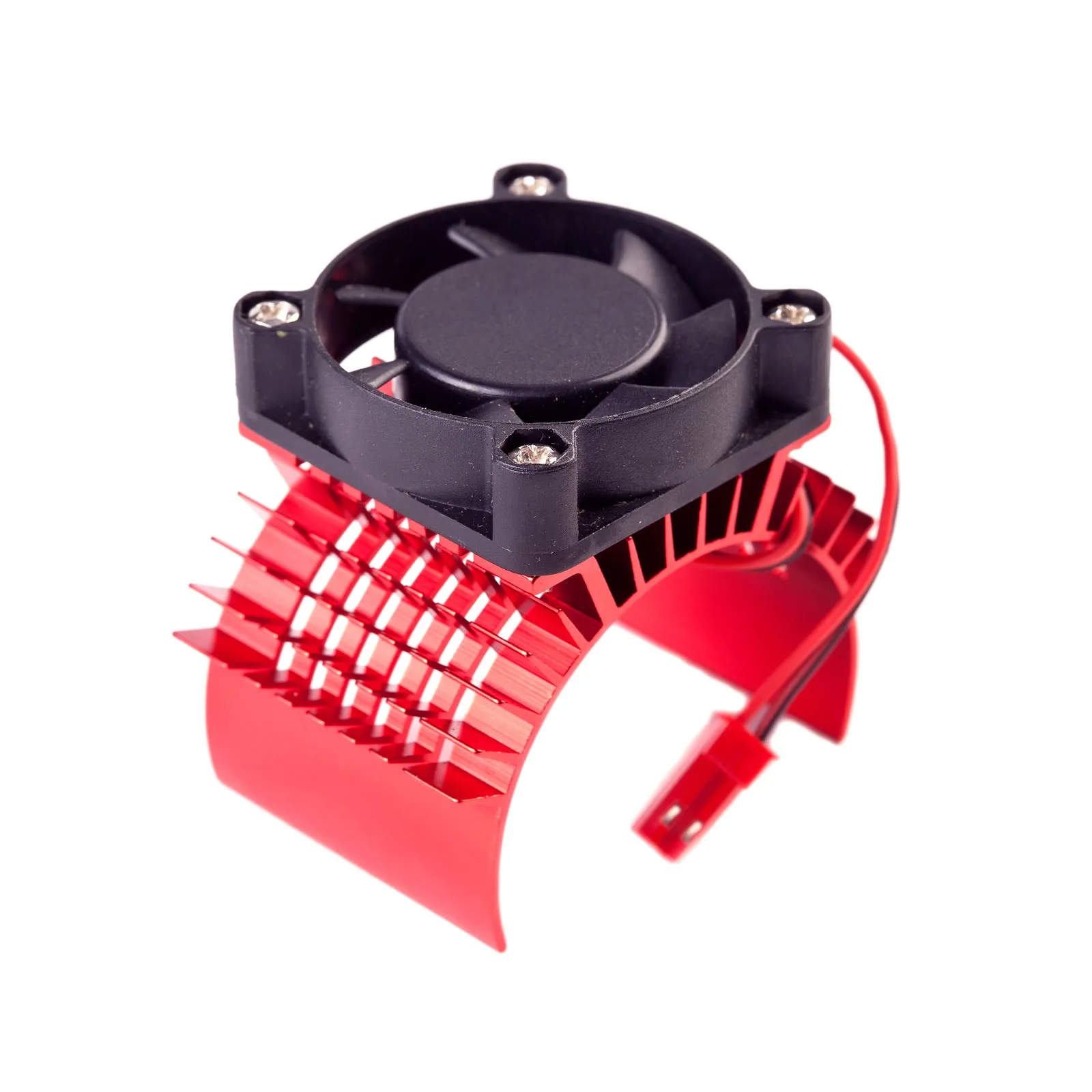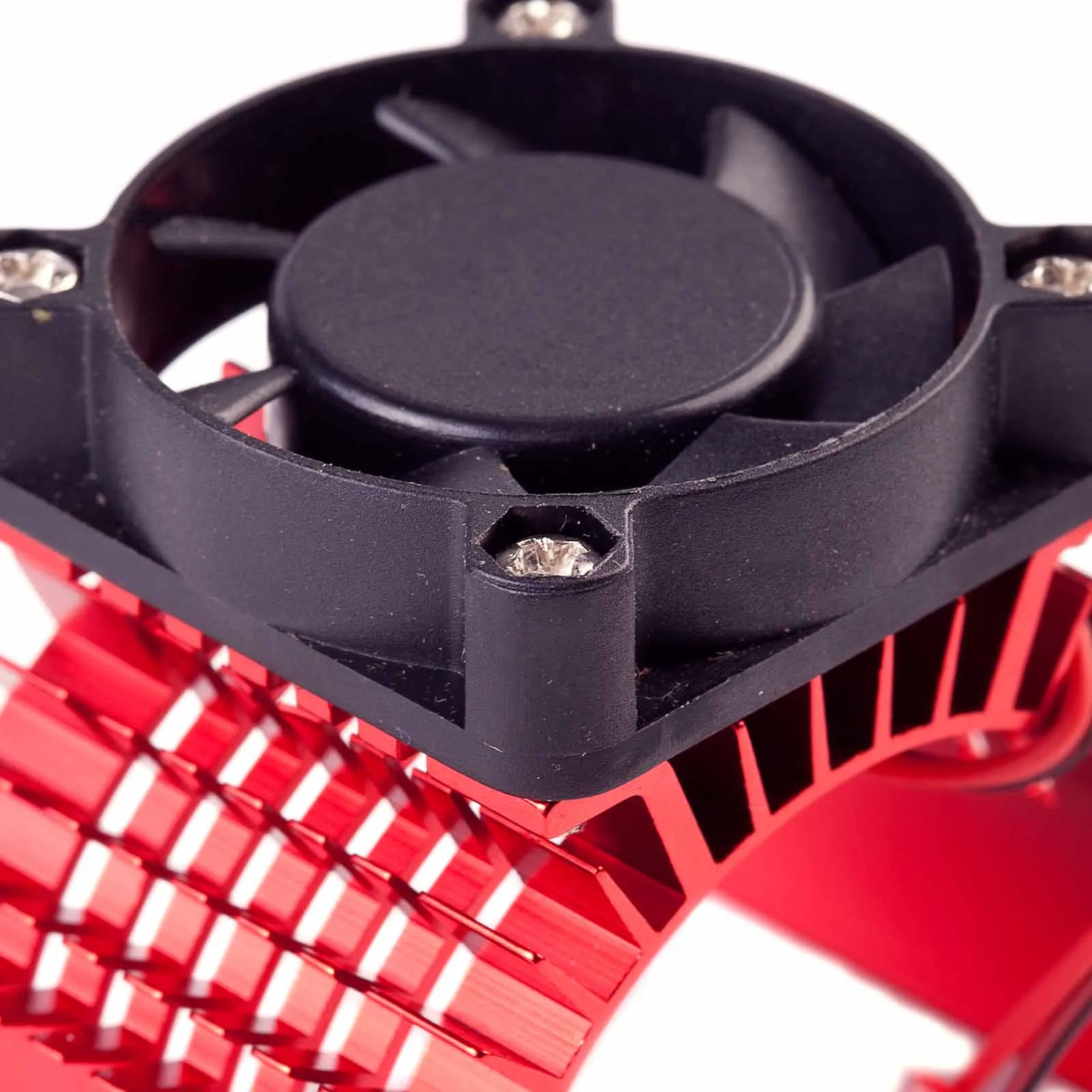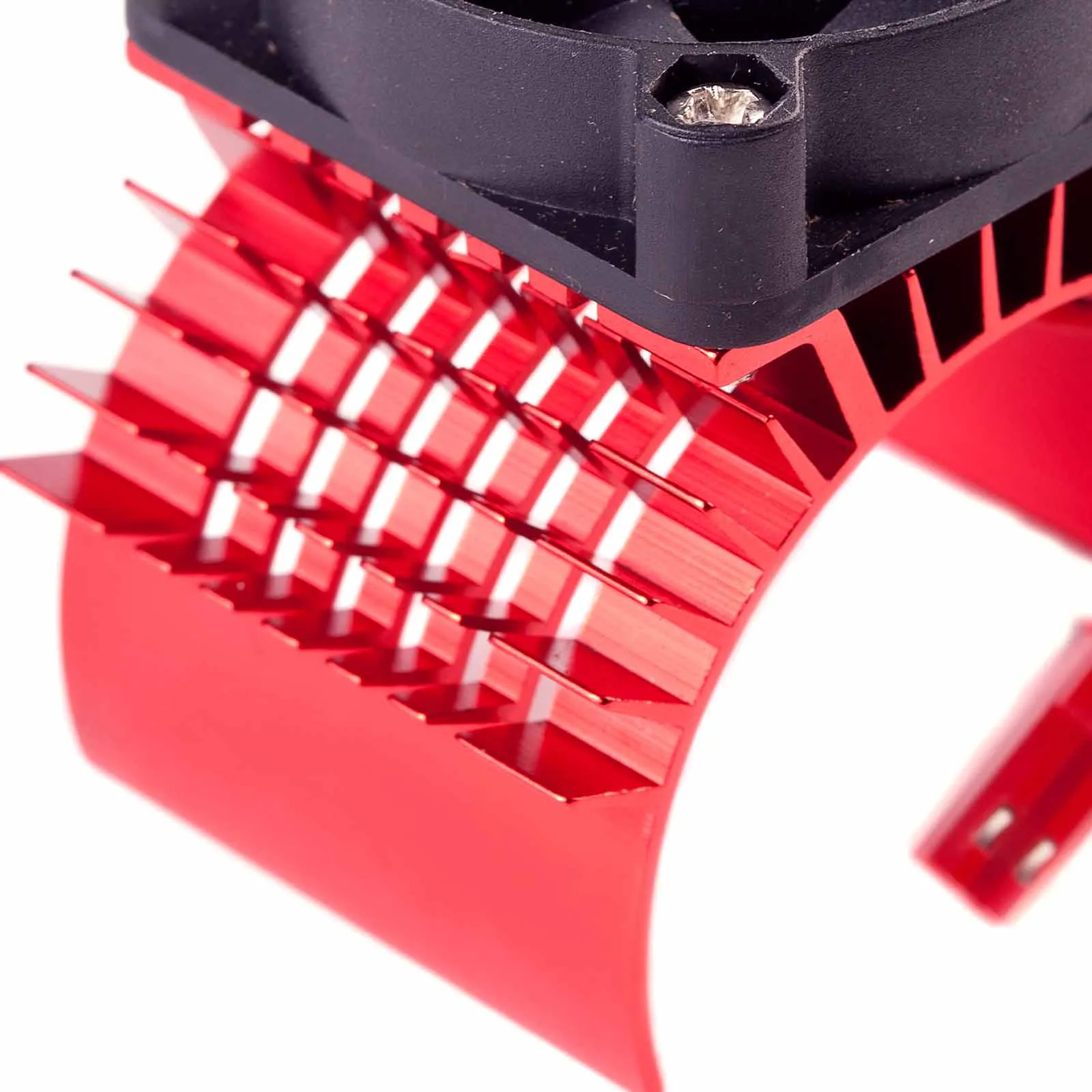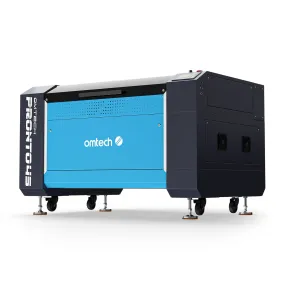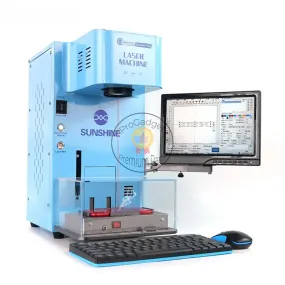An RC radiator, also known as a heat sink or cooling system, is an essential component in radio-controlled vehicles, particularly those with electric motors or high-performance engines. Its primary function is to dissipate heat generated during operation, helping to maintain optimal operating temperatures and prevent overheating.
Key Characteristics and Features:
Heat Dissipation: The RC radiator is designed to dissipate heat generated by the motor, electronic speed controller (ESC), or other components within the vehicle. By transferring heat away from critical components, the radiator helps prevent thermal damage and prolongs the lifespan of the vehicle's drivetrain.
Finned Design: Most RC radiators feature a finned design, which increases the surface area available for heat dissipation. The fins are typically made of aluminum or another high thermal conductivity material, allowing heat to be conducted away from the components and dissipated into the surrounding air more efficiently.
Cooling Fan: Many RC radiators are equipped with cooling fans to enhance heat dissipation further. These fans draw cool air over the radiator's fins, increasing airflow and improving cooling performance, particularly during intense or extended operation. Some radiators feature adjustable fan speeds or thermostatic control to optimize cooling based on operating conditions.
Mounting Options: RC radiators come in various sizes and configurations to accommodate different vehicle types and mounting locations. Some radiators mount directly onto the motor or ESC, while others are installed elsewhere in the vehicle's chassis, such as on the body or near the battery compartment. Adjustable mounting brackets or straps allow for flexible installation and positioning.
Compatibility: It's essential to choose an RC radiator that is compatible with your vehicle's power system and operating conditions. Consider factors such as motor size, power output, ambient temperature, and intended use when selecting a radiator to ensure optimal cooling performance and reliability.
Maintenance: Regular maintenance of the RC radiator is crucial to ensure proper functioning and prevent overheating-related issues. This may include cleaning the radiator's fins and fan blades to remove dust and debris, inspecting for signs of damage or corrosion, and lubricating moving parts as needed. Additionally, monitoring temperature levels during operation can help identify potential cooling system issues before they escalate.
Performance Benefits: A well-designed and properly installed RC radiator can provide several performance benefits, including improved motor efficiency, increased power output, and enhanced overall vehicle performance. By keeping critical components within their optimal temperature range, the radiator helps maintain consistent performance and reliability, particularly in demanding racing or competition environments.
In summary, the RC radiator plays a vital role in managing heat buildup and maintaining optimal operating conditions in radio-controlled vehicles. By dissipating excess heat and ensuring efficient cooling, the radiator helps protect valuable components and optimize performance, allowing enthusiasts to push their vehicles to the limit with confidence.




